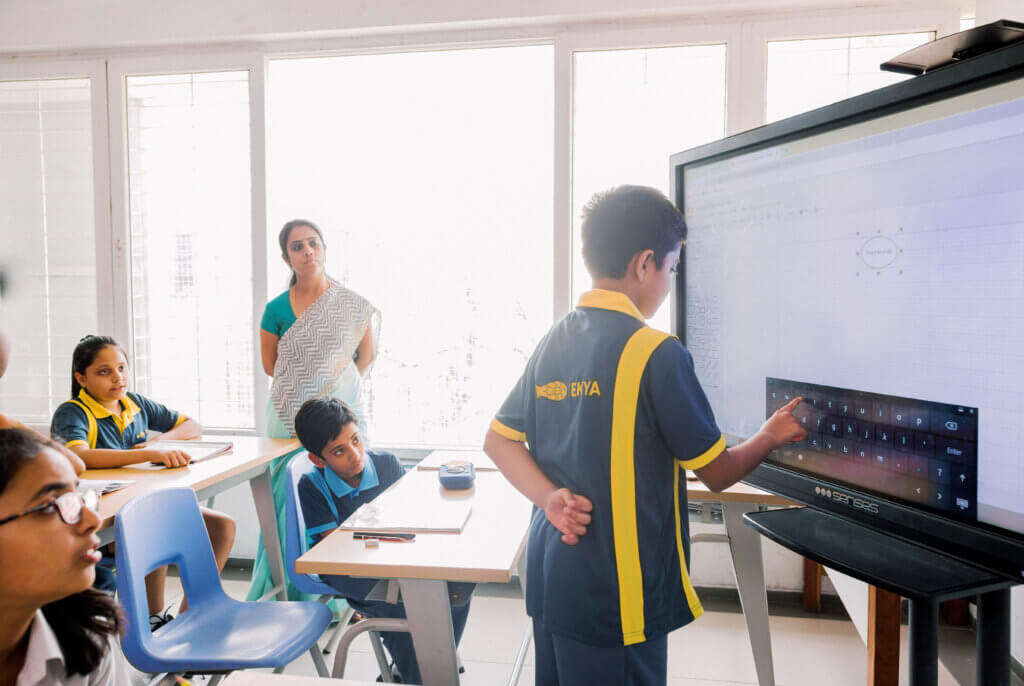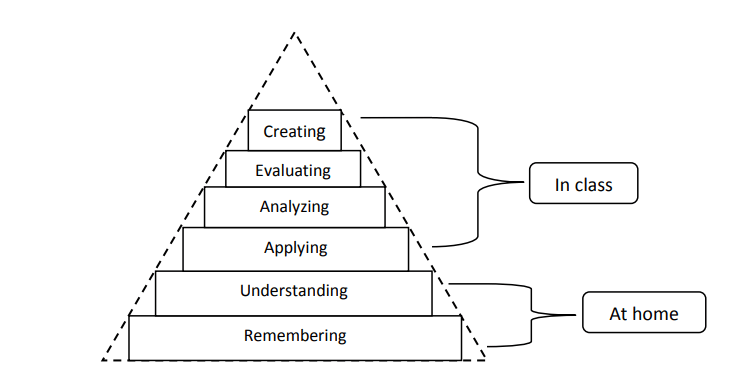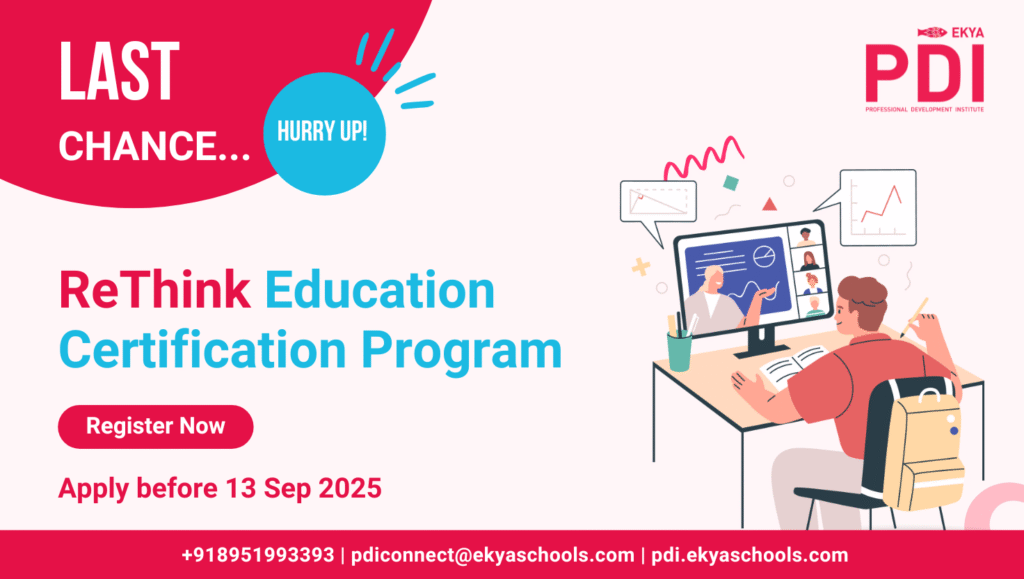When do you think the cognitive engagement is at its best – during your lecture, or when the students are solving problems together?
If your answer leans toward the latter, you are not alone. Research and classroom experience both point to a powerful truth: students learn best when they actively engage with content, rather than passively receiving it.
That’s exactly what the flipped classroom model is designed to do.

Flipped Learning Network
Flipped Learning Network (FLN) is an online community of educators and for educators that are interested in taking Flipped Learning back to their classrooms.
According to FLN, 96% of the teachers who do follow the flipped classroom approach, say they would recommend it to a colleague.
Four Pillars of Flipped Learning
The FLN has created 4 pillars to put flipped learning in practice:
Flexible environment: The classroom transforms into a flexible space where students are at liberty to choose what they want to learn and when. Educators plan and execute the lessons according to the learning pace of the students.
Learning Culture: The flipped learning model deliberately shifts instruction to a learner-centred approach, where in-class time is dedicated to exploring topics in greater depth and creating rich learning opportunities.
Intentional content: Flipped Learning Educators are always thinking about how they can support students to develop both conceptual and procedural fluency.
Professional Educator: Professional educators are reflective in their practice, connect with each other to improve their instruction, accept constructive criticism, and welcome controlled chaos in their classrooms.

Image Source: Link
Last Chance to Enrol in the ReThink Education Certification Program
If the flipped classroom sparks your interest, you will find even greater value in a program that brings together a wide range of modern teaching strategies. The ReThink Education Certification Program is designed for educators who want to reimagine their practice for the 21st century.
Roadmap to Begin the Flip
Choose the Right Lesson: Start with one concept-heavy topic that lends itself to discussion or application.
Create or Curate Pre-Class Content: Make use of platforms like Khan Academy, TED-Ed, or subject-specific platforms.
Assign with Purpose: Embed quizzes, reflection prompts, or graphic organisers to make sure students engage with the material beforehand.
Design Active In-Class Tasks: Swap lectures for activities. Use tools or methods like:
Think-Pair-Share
Group problem-solving
Case studies
Project-based learning
Check for Understanding: Use short formative assessments (e.g., entry tickets, polls) to identify misconceptions and tailor support.
Reflect and Refine: Gather feedback from students and reflect on what worked and what did not
How does it Support Future-Ready Classrooms?
Flipped classrooms help build essential 21st-century skills
✳️ Critical thinking and collaboration through in-class problem-solving
✳️ Digital literacy via pre-class multimedia content
✳️ Self-directed learning, as students take ownership of pre-class preparation
✳️ Personalised learning with teachers acting as facilitators and guides
Flipping your classroom isn’t just about changing where instruction happens. It’s about transforming how students learn and making space for them to think, question, collaborate, and grow.
In a flipped classroom, lessons are not lecture based but student-driven. Students learn the concepts on their own and use the lesson to debate and discuss with their peers, ask questions, solve doubts! Imagine, assigning a reading on World War II and using the classroom hours to debate the effect of World War II on the Global Economy.
Let’s hear Sal Khan, founder of Khan Academy, on what he has to say about Flipped Classrooms.
Your Next Step Toward Future-Ready Teaching
Flipping your classroom is not about technology or where the lecture happens. It is about creating the conditions for students to think, question, and grow.
And if you are ready to take this further, the ReThink Education Certification Program can support you in weaving approaches like this into your everyday teaching. With its blended structure and focus on practical strategies, it gives you the tools to make your classroom more engaging and student centred.

Do not miss the chance to join a community of educators who are reimagining learning for the 21st century.

